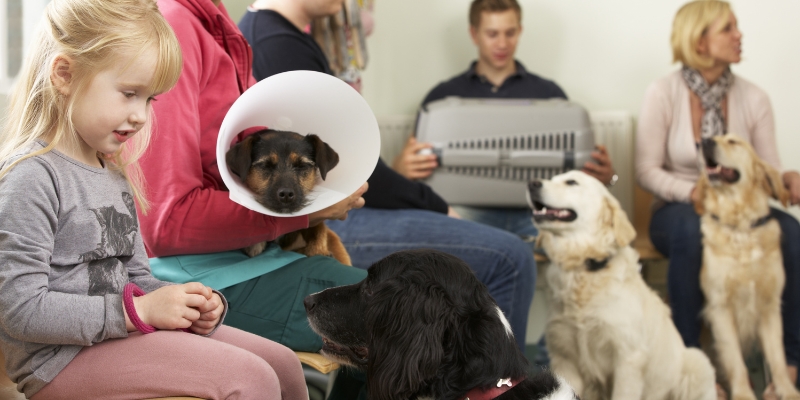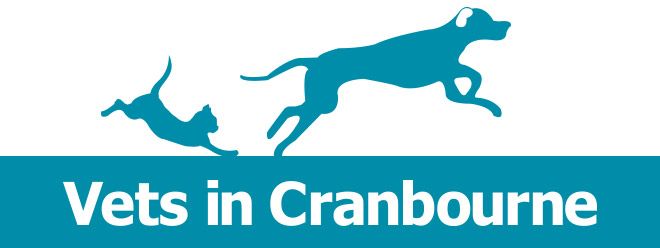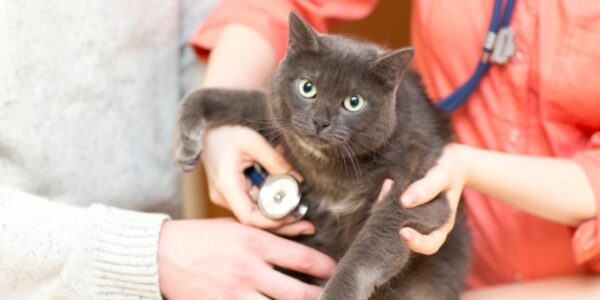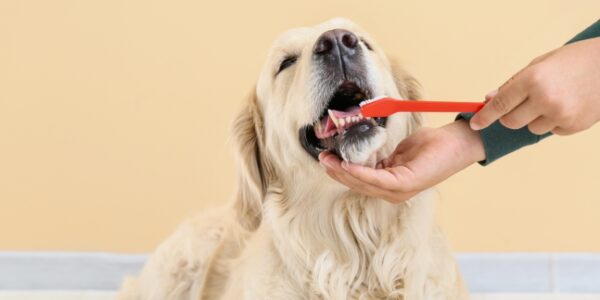
The ultimate consultation cheat sheet – effortless vet visits for your pet!
Imagine that you’re a dog. Your owner clips on your lead (exciting!), pops you into the car (woo hoo!), and you excitedly journey to… the vet.
Now, imagine you’re a cat. You see “the box of doom” (also known as the pet carrier), and before you can escape, your owner scoops you up, pushes you into the carrier, and drives you to the vet.
Now you’re probably feeling a little annoyed – especially if you were lying comfortably in the sun at home and were disturbed for this! But don’t worry, there are things that your owner can do to help streamline your veterinary visit so that you can be in and out of the clinic as quickly as possible.
Mention all problems at the time of booking
Our veterinarians often work on a tight schedule performing back-to-back consultations (and sometimes squeezing in emergency cases too). A typical appointment slot gives a vet time to take a recent history of your pet, examine them, briefly discuss potential diagnoses and/or treatment options for a problem, and prescribe the relevant treatment.
If your pet is very unwell or has several issues you would like addressed (e.g. vaccination plus skin problems and a behavioural issue), it’s best to mention this at the time of booking, so that we can book an extended consultation if required. Otherwise, we may have to prioritise some issues and book multiple appointments to address others.
Nominate the primary caregiver
When the primary caregiver accompanies the pet to appointments, it helps us to obtain the most accurate history of the pet. For example, what parasite prevention they’re on, any past health issues, recent toileting etc. This information helps us to make the most accurate diagnosis and treatment recommendations.
Additionally, nominating a primary caregiver is really important for times when we may require rapid decision-making. For example, if your pet is undergoing a procedure or hospital stay for unwellness and their condition suddenly changes, we may require urgent permission to alter their treatment plan.
Bring samples if appropriate
In some cases of unwellness (e.g. diarrhoea or suspected urinary tract infection), it can assist our analysis if you are able to collect and bring along a fresh faeces or urine sample from your pet.
If required, we can then test these samples on-site to help us make a quick, accurate diagnosis and start the most appropriate treatment.
Correct handling of nervous pets
If you know your pet can be nervous or show aggressive behaviour in veterinary situations, let our team know this upfront. We can take appropriate measures to handle your pet extra carefully to minimise their stress and ensure everyone’s safety.
Depending on your pet’s level of anxiety, we may suggest particular methods of gentle restraint or handling, positive distraction techniques, or even pre-emptive calming sedation.
With these simple measures, you can keep your pet’s vet visits as easy and efficient as possible. The end result for your pet? Happier vet visits, optimal healthcare, and more time at home with their favourite person – you!
Please phone our team if you have any further questions about effortless vet visits for your pet.



